AOD9604 is a modified version of the hGH fragment 176-191 peptide (contains a di-sulfide bridge) and thus a derivative of human growth hormone (hGH). Originally developed as a lipolytic (fat burning) compound, AOD9604 has shown benefit in studies of heart disease, osteoarthritis/cartilage repair, and metabolic syndrome.
Overview
AOD9604 is a modified version of fragment 176-191, which is itself a smaller, modified piece of human growth hormone (HGH). AOD9604 was originally developed as an anti-obesity drug due to its lipolytic (fat burning) properties. This peptide is valued for the fact that it has limited effects beyond fat burning. It does not appear to affect IGF-1 levels or insulin levels and therefore is not a risk factor in promoting glucose intolerance or diabetes[1]. There is also no evidence that the body forms antibodies against AOD9604 as it is similar enough in structure to HGH to avoid stimulating an immune system response[2].
Research
AOD9604 was originally developed as an analogue of HGH with the express purpose of fighting fat. Phase 2b clinical trials were completed in Australia testing the drug in 300 obese individuals. The results of once daily administration of the peptide for 12 weeks showed that the drug tripled weight loss when compared to placebo and that the rate of weight loss remained steady during the trial period3], 4]. This latter fact indicates that a resistance to the peptide is unlikely to arise and that longer-term treatment would result in even greater weight loss.
Research in mice that are genetically prone to obesity indicates that AOD9604 most likely does not work only by affecting the beta-3-adrenergic receptors found on white fat. It was originally speculated that the peptide bound in these receptors and increased the rate of metabolism in fat cells, shifting them from a storage mode to a usage mode. It turns out that even in mice that lack these receptors, fat loss takes place when AOD9604 is administered[5]. Though the beta-3-adrenergic receptor likely plays a role in fat loss secondary to AOD9604, at least one other mechanism must be in play as well. There is some thought that AOD9604 may indirectly activate apoptosis in white fat cells.

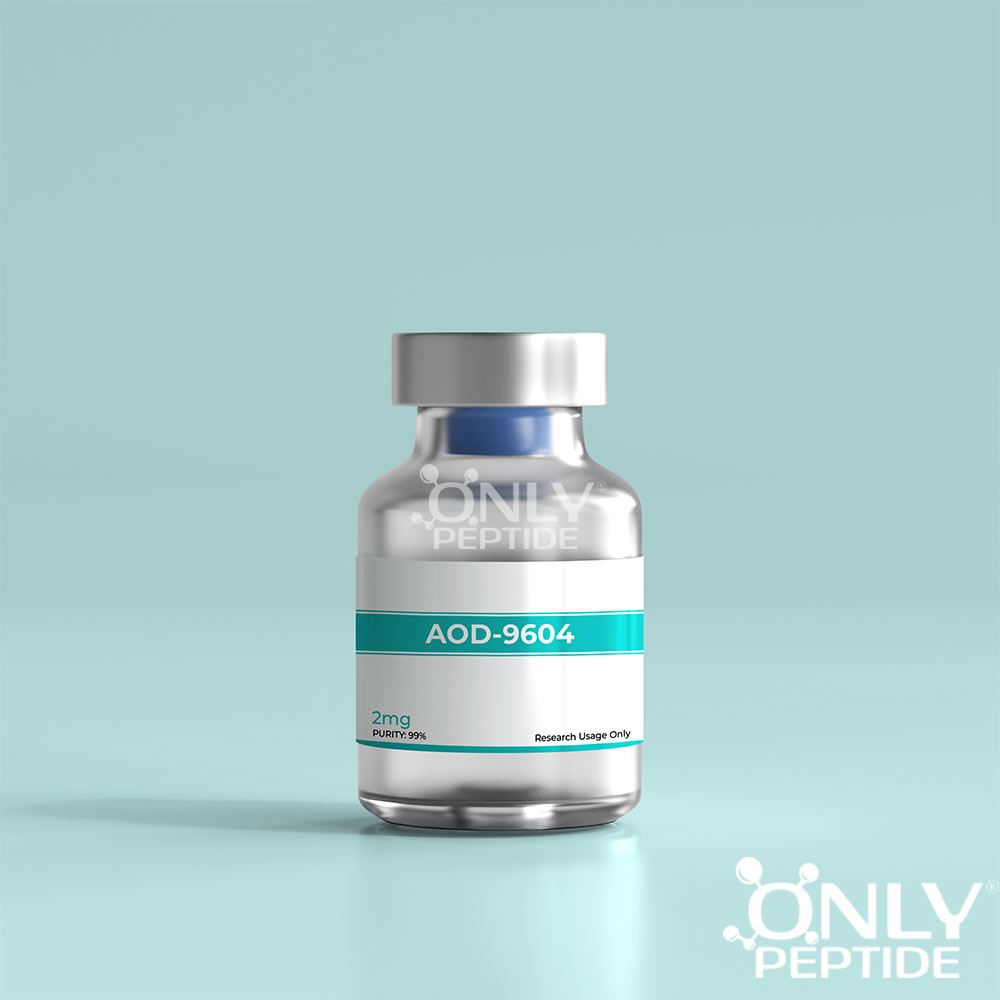

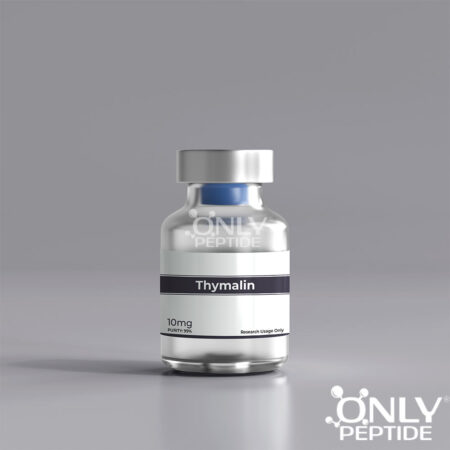
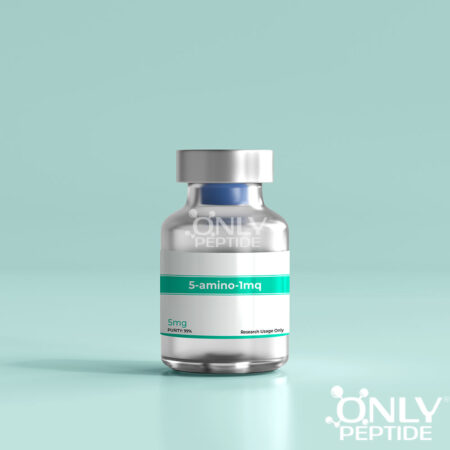
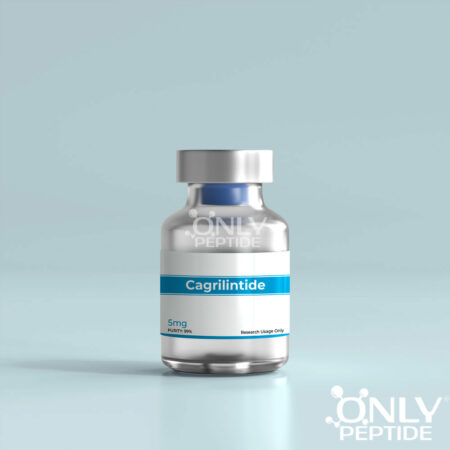
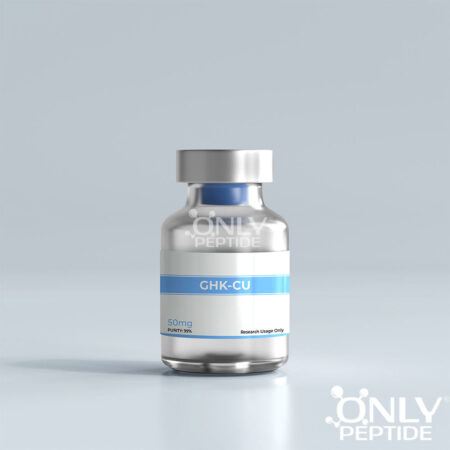

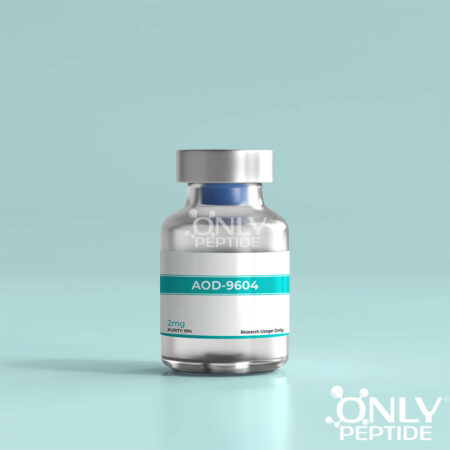
Reviews
There are no reviews yet.